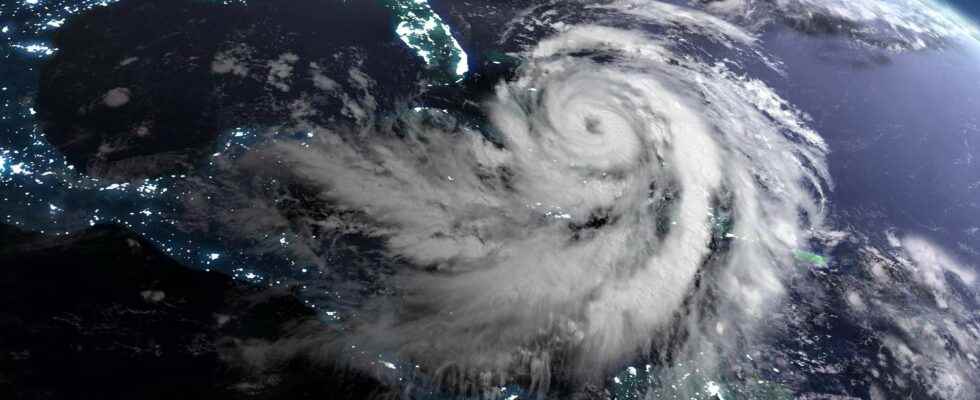The hurricane season started on 1er June, but for 2 months, no new tropical storm or hurricane has formed in the North Atlantic. Should this be seen as an error by the weather forecasting organizations which had all announced an intense 2022 season?
You will also be interested
[EN VIDÉO] A look back at an exceptional 2020 hurricane season As meteorologists predicted earlier this year, the 2020 North Atlantic hurricane season has been extremely active. As of November 30 — the official end of the season — no less than 30 tropical storms have been named. Against only 12 for an average season. And it was especially at the end of the season that the hurricanes were the most violent.
From June to November, the United States and the West Indies live under the threat of being confronted with a hurricane destroyer on their shores. All forecasting organizations weather report have agreed for months: the 2022 North Atlantic hurricane season promises to be more intense than average. The NOAAthe U.S. Ocean andatmospherepredicted fourteen cyclonic phenomena, including seven hurricanes, including three major hurricanes.
However, the hurricane season began on 1er June and only three phenomena were recorded, simple tropical storms which did not reach the stage of hurricane: the storm Alex on June 5-6, then Bonnie and Colin mid-June. For two months, no more tropical storms have emerged in the North Atlantic.
A flat calm that is not surprising
Were the weather forecasters wrong? ” So far, everything is going as planned.”, says the American Meteorological Society. It may come as a surprise, but even though it has been two and a half months since the hurricane season started, we are already slightly above normal.
It usually takes until early August to count three tropical storms, while this year this number was reached in mid-June. Hurricanes don’t form on average until August 11, and major hurricanes usually not until early September when the water is warmest. The heat water is indeed the main fuel for the formation of hurricanes. Over the past 30 years, four seasons have seen an astonishing low in hurricane activity between July 3 and August 3: 1993, 1999, 2000, and 2009.
A rebound in activity to be expected within two weeks
The flat calm of recent weeks is linked, among other things, to theair very dry in the middle layers of the atmosphere. This very dry air has two characteristics that prevent hurricanes from forming: sand particles from the Sahel, and strong shear from wind. Another climatic parameter comes into play, the Madden-Julian Oscillation (OMJ), a phenomenon which occurs in some years with more or less intensity and which causes strong instability and violent precipitation along the Equator. The OMJ is currently non-existent, but could wake up very actively by mid-August.
If this is confirmed, the American Meteorological Society warns that we will have to expect a rebound in thecyclone activity between 2nd and 3rde week of August, with possible development of hurricanes between late August and early September. The peak intensity of hurricanes generally always occurs between the end of August and the beginning of October anyway.
Interested in what you just read?
